Natural Topical and Oral Treatments for Varicose Veins
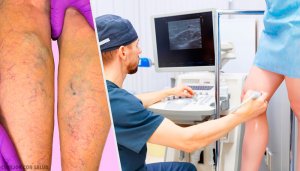
In today’s article, we’ll share a natural, all-encompassing topical and oral treatment for treating varicose veins effectively without any side-effects.
Why do varicose veins appear?
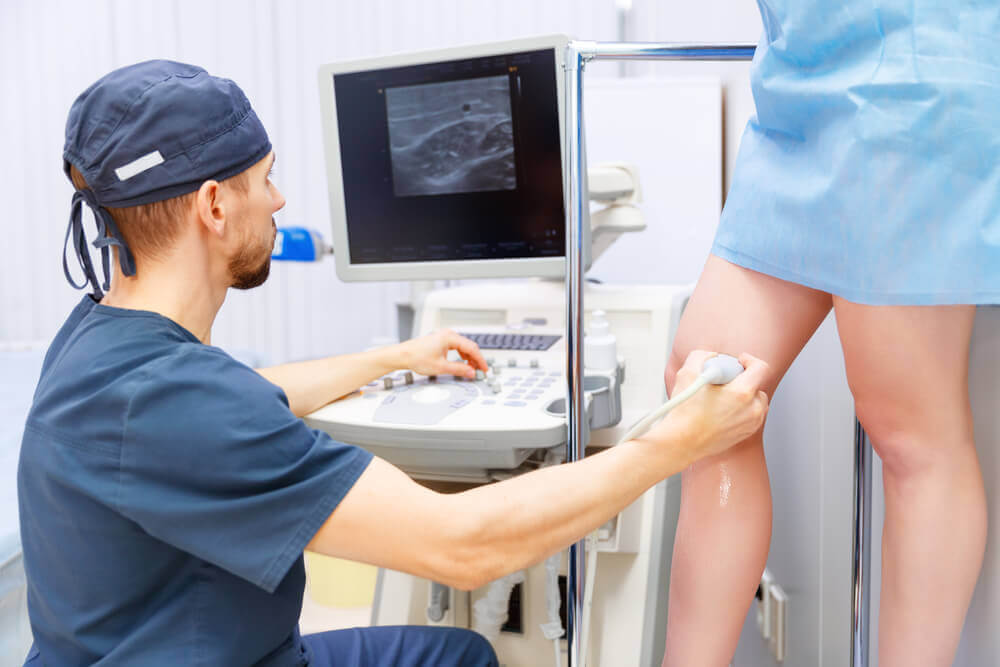
Varicose veins are a symptom of suffering from complications in the blood’s venous return that flows towards the heart. Blood doesn’t flow as it should and builds up in the blood vessel walls, making the veins expand and thus, causing varicose veins.
In the body, they appear most frequently in the legs as gravity makes the situation worse. It complicates the bloodflow to the heart.
There are different levels of varicose veins. In the initial stages, they’re thin with no visible thickness and they look like spider veins. As time goes on, if they aren’t treated, the veins enlarge, darken and spread out.
Risk factors
These factors increase our chances of suffering from the condition:
- Being overweight
- Constipation
- Oral contraceptives
- A sedentary lifestyle
- Tightly fitting clothes and high heels
- Climate
- Hormonal disorders
- Pregnancy
- Genetic predisposition.
Topical treatment
Essential oils
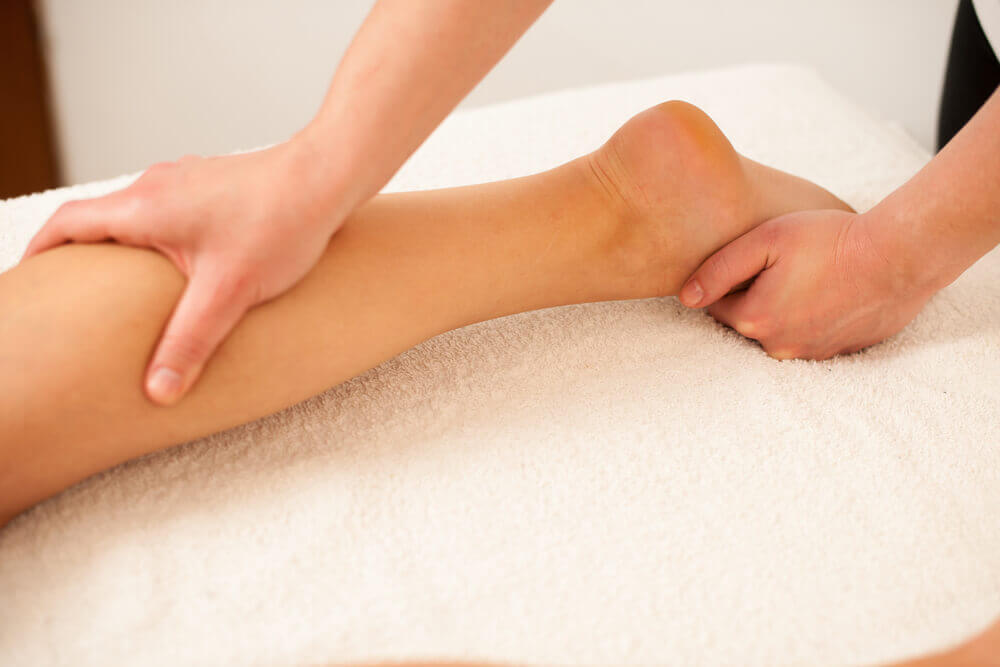
With essential oils, we can do wonders since we can combine the powers of different cosmetic products. For example: we can combine leg exfoliants, hydrating creams or plant-based oils.
The essential oils that work best for improving blood circulation and preventing varicose veins are: witch-hazel, horse chestnut or cypress. A few drops are sufficient since a lot of the plant’s active ingredients are concentrated in a small amount.
When we apply these products, we can take advantage and give ourselves a massage, always using an upward motion, in order to facilitate the venous return.
Dry brush
The dry brush technique is great for blood circulation and lymphatic drainage. It also helps us prevent varicose veins, cellulite, saggy skin and stretchmarks. We only need a brush to brush the skin, stroking towards the heart. A couple of minutes a day will do the trick.
Aloe vera gel
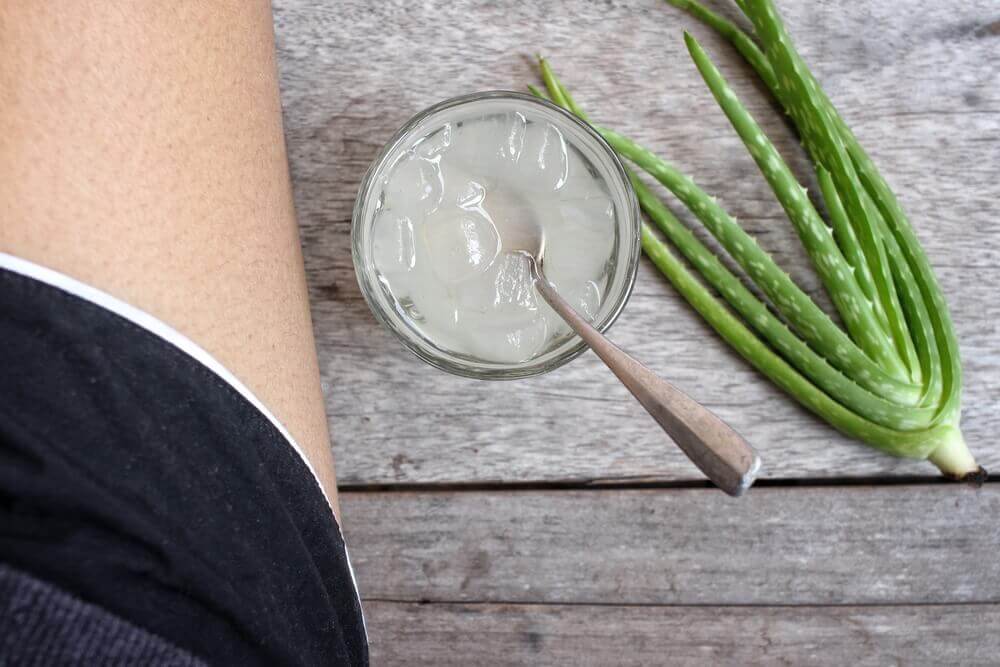
Some people who have varicose veins often suffer from the sensation of being weighed down and from leg pain as well. It especially might be the case when coming home after a long day. In order to soothe this feeling, we can use natural aloe vera gel and, if desired, add a few drops of essential peppermint oil. Essential peppermint oil makes for a very refreshing and congesting addition, and it also has a pleasant aroma. It gives off a lovely cooling effect on the legs that we can maximize with a good massage.
Oral treatment
Red foods
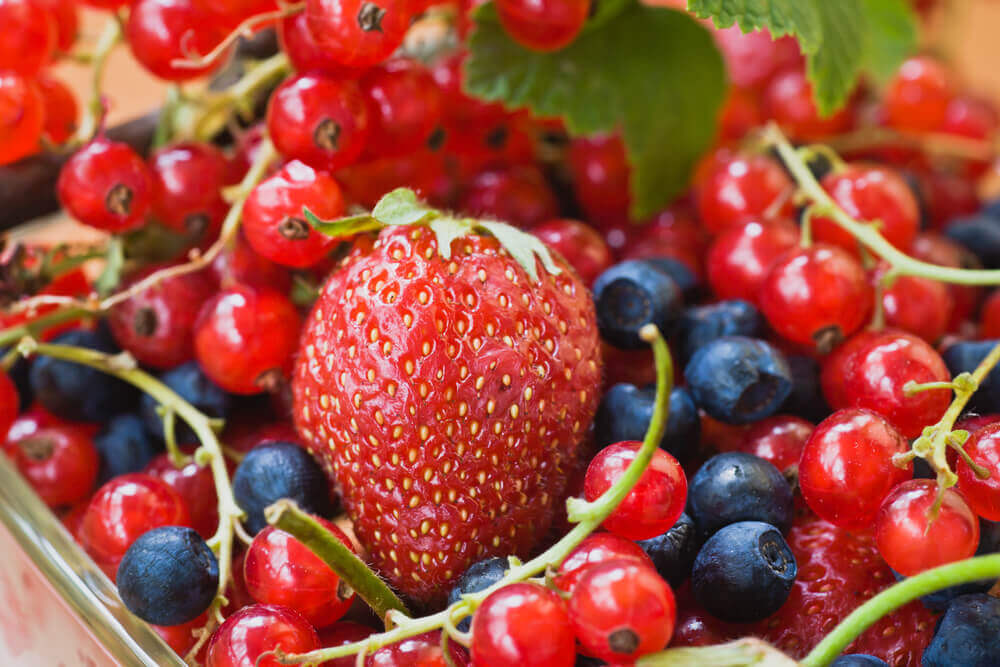
The oral treatment is based on a balanced diet that mainly includes fresh fruits and vegetables— especially the red ones. These aid in circulation, improve heart functions and they’re also an aphrodisiac:
- Tomatos
- Red peppers
- Cayenne pepper
- Red fruits: strawberries, cherries, raspberries, cranberries, etc.
- Watermelon
- Pomegranate
- Red apple
We recommend that you read: How to Make a Firming Oil for Your Legs
Medicinal plants
Some medicinal plants can improve circulation and help us prevent varicose veins from forming:
- Witch-hazel
- House chestnut
- Butcher’s broom
- Cypress
- Rosemary
- Centella
- Ginkgo
We can take these medical plants in teas, or as capsules or tablets if we want a quicker and stronger effect.
Other advice
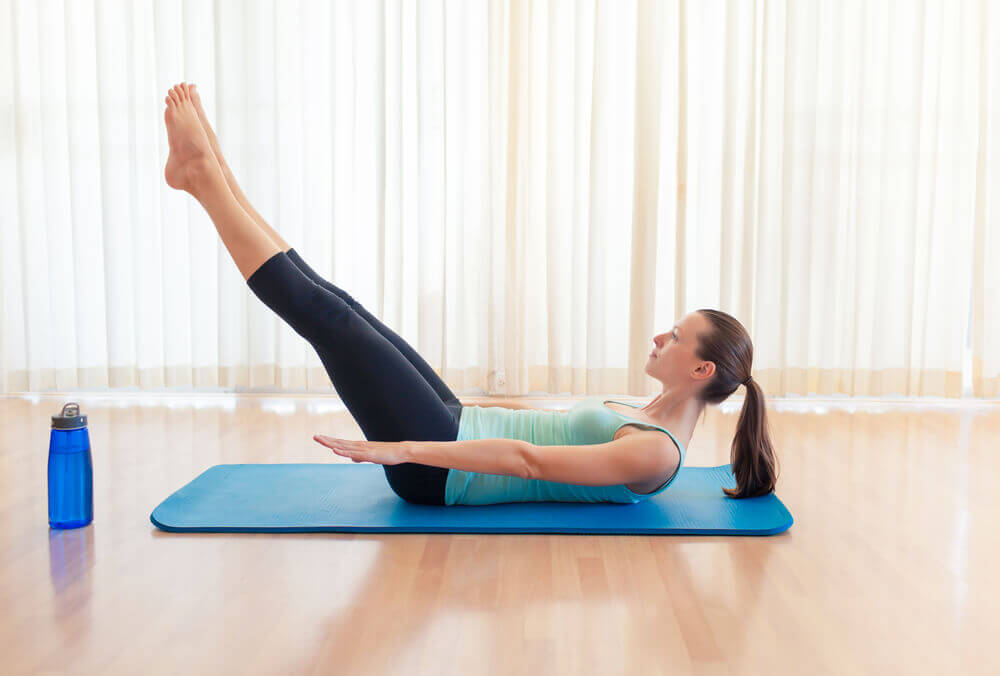
In addition to using the topical and oral treatments, you can follow these simple and effective pieces of advice in your everyday life:
- Avoid tobacco and alcohol.
- Don’t sit down for more than half an hour straight. Getting up for a few seconds and stretching once in a while is enough to get blood moving.
- At night, or when resting at home, try to keep your legs elevated above your body by using a pillow or using an inverse yoga position.
- Take warm showers and always finish with very cold water on your legs, using upwards movements. It’s also very helpful to alternate between cold and hot temperatures to activate circulation.
- There are special socks and tights available that hit pressure points for better circulation.
- Go out to take a walk every day for at least half an hour wearing comfortable clothes and shoes.
All cited sources were thoroughly reviewed by our team to ensure their quality, reliability, currency, and validity. The bibliography of this article was considered reliable and of academic or scientific accuracy.
- Sampert, C., & Jensen, K. (2014). Esophageal varices. In Pediatric Gastroenterology: A Color Handbook. https://doi.org/10.1201/b16722
- Evans, C. J., Fowkes, F. G. R., Ruckley, C. V., & Lee, A. J. (1999). Prevalence of varicose veins and chronic venous insufficiency in men and women in the general population: Edinburgh Vein Study. Journal of Epidemiology and Community Health. https://doi.org/10.1136/jech.53.3.149
- Vin, F. (2005). Varices. EMC – Cardiologie-Angeiologie. https://doi.org/10.1016/j.emcaa.2004.10.003
This text is provided for informational purposes only and does not replace consultation with a professional. If in doubt, consult your specialist.








